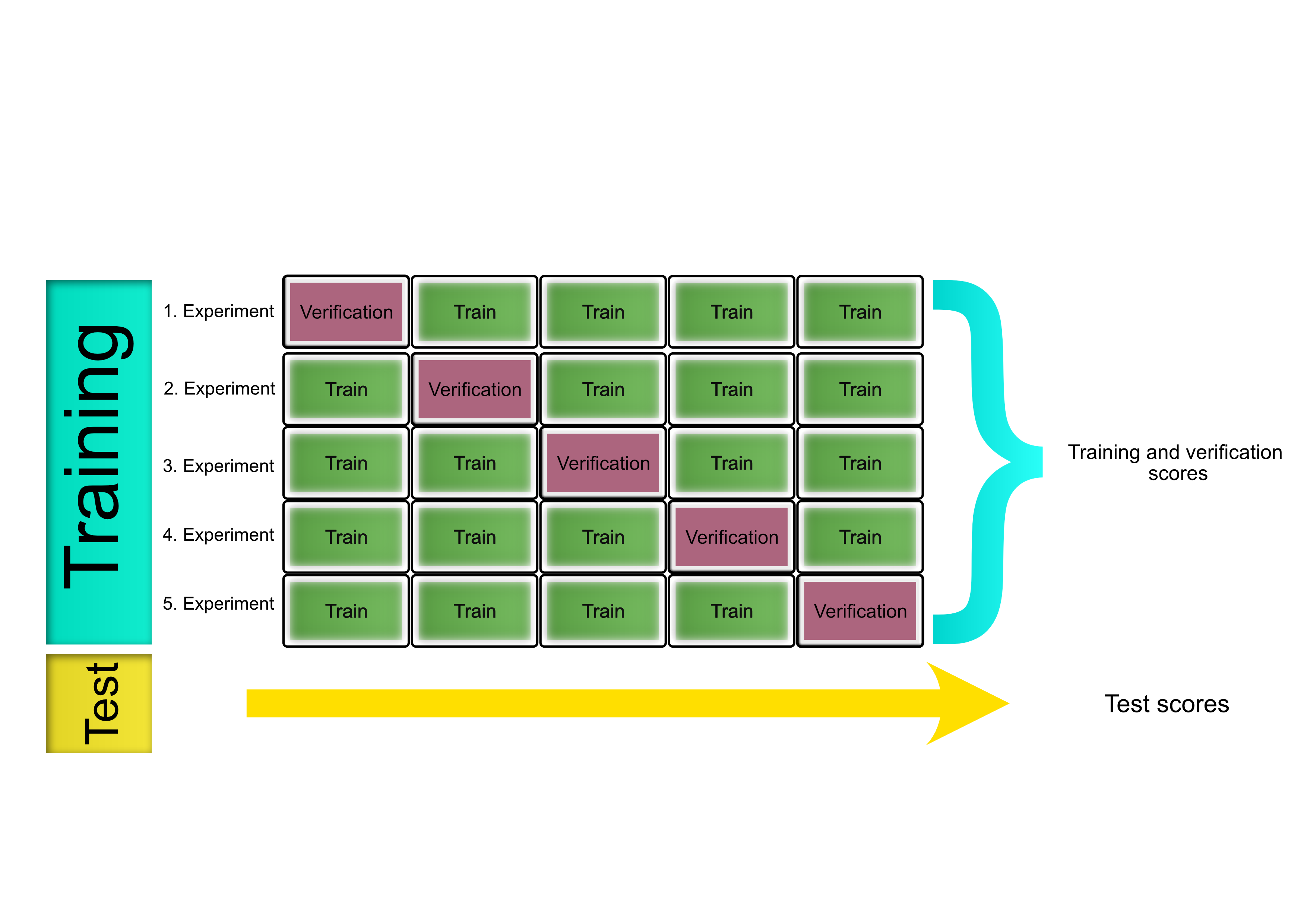Info
This tutorial uses the house pricing dataset included with the Scikit-Learn package. The built-in datasets are useful for experimenting and learning about different models and training methods. You can find a full list of available datasets on the Scikit-Learn documentation page
